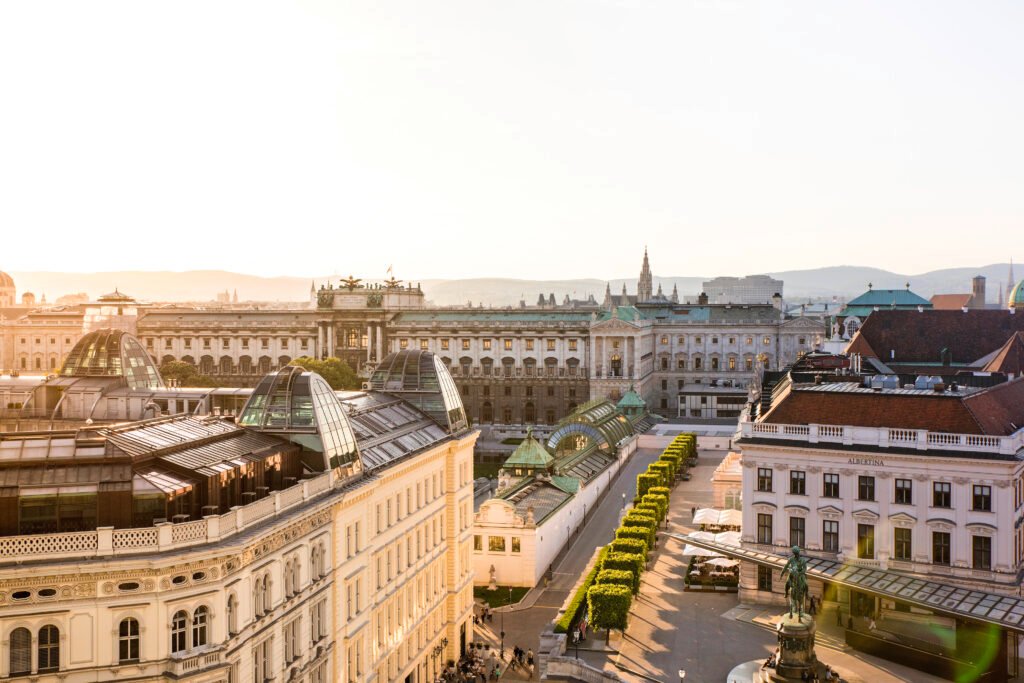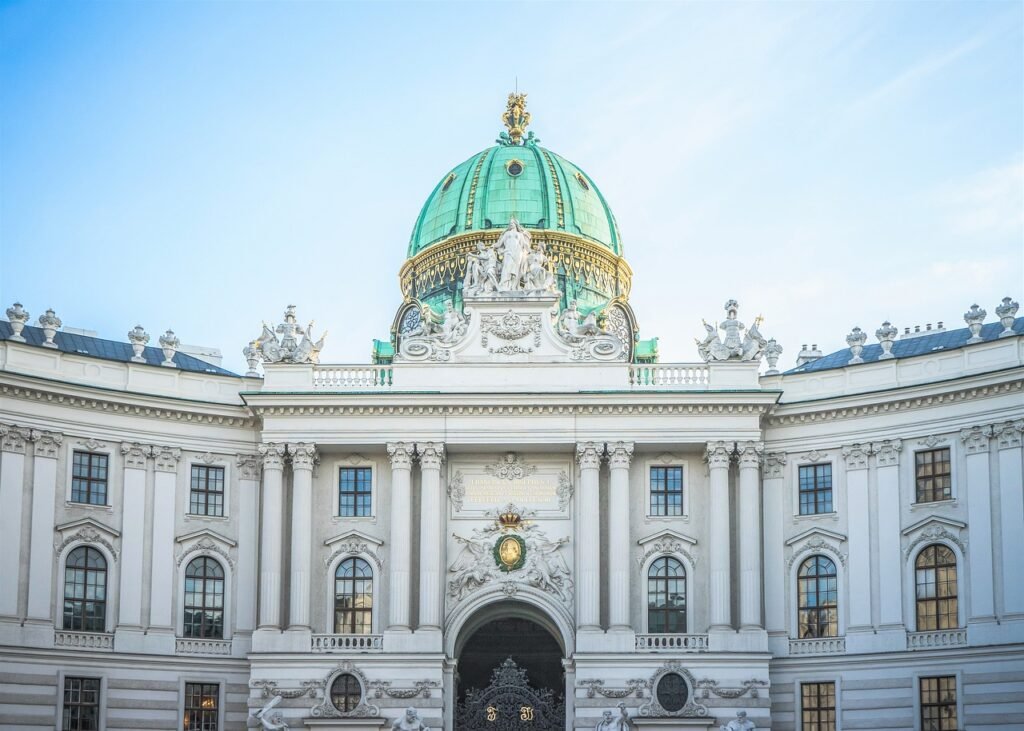At the heart of Vienna stands the Hofburg Imperial Palace, a sprawling complex that has been the seat of power for the Habsburg dynasty for over six centuries. From emperors to modern-day presidents, the palace has witnessed the evolution of Austria’s political, cultural, and social history. Today, it is a symbol of imperial opulence, offering visitors a captivating journey through history, art, and architecture.
A Historic Seat of Power
The Hofburg Palace was originally constructed in the 13th century and gradually expanded over centuries to become one of the largest palace complexes in Europe. It served as the official residence of the Habsburg emperors until the end of the Austro-Hungarian Empire in 1918. Throughout its history, the palace has been the center of political decision-making, royal ceremonies, and cultural patronage, reflecting the immense influence of the Habsburg dynasty across Europe.
The palace is not a single building but a series of interconnected wings, courtyards, and gardens, each representing different architectural styles from Gothic and Renaissance to Baroque and Rococo. This eclectic mix showcases the evolution of European architecture over centuries while narrating the story of one of Europe’s most powerful dynasties.

Architectural and Cultural Marvels
Visitors to Hofburg are immediately struck by its grandeur. The Imperial Apartments offer a glimpse into the luxurious lifestyle of the Habsburgs, with opulent rooms adorned with gilded furniture, exquisite tapestries, and elaborate chandeliers. The Sisi Museum, dedicated to Empress Elisabeth, tells the story of one of Austria’s most iconic figures, highlighting her life, personality, and the challenges she faced as a royal.
The Imperial Silver Collection displays a remarkable array of silverware, porcelain, and other treasures used in imperial banquets, reflecting the wealth and sophistication of the Habsburg court. Art lovers will also appreciate the palace’s chapels, halls, and galleries, which house historic paintings, sculptures, and decorative arts from various periods.
The Hofburg Complex Today
Beyond its historical significance, the Hofburg Imperial Palace remains a vibrant cultural hub. It houses the Austrian National Library, one of the world’s most beautiful historic libraries, featuring thousands of ancient manuscripts, rare books, and exquisite frescoed ceilings. The Spanish Riding School, famous for its Lipizzaner horses, is also located within the palace grounds, offering visitors a glimpse into Austria’s classical equestrian traditions.
The palace grounds include beautifully landscaped gardens and courtyards, providing serene spaces for relaxation and photography. Seasonal events, guided tours, and exhibitions ensure that every visit is engaging, educational, and visually captivating.

Visitor Experience and Tips
Best Time to Visit: Spring through autumn offers pleasant weather for exploring the palace gardens, while winter provides a quieter, atmospheric experience.
Getting There: Centrally located, the Hofburg Palace is easily accessible by public transport, including metro, tram, and bus.
Nearby Attractions: St. Stephen’s Cathedral, the Vienna State Opera, and the Museum Quarter are within walking distance.
What to Bring: Comfortable walking shoes, a camera, and an interest in history, art, and architecture. Guided tours or audio guides are recommended for a deeper understanding of the palace’s rich history.
Conclusion
The Hofburg Imperial Palace is more than just a historic building; it is a living testament to Austria’s imperial past and cultural heritage. From the opulent imperial apartments and Sisi Museum to the stunning libraries and horse-riding traditions, the palace offers an immersive journey through centuries of history. Whether you are a history enthusiast, art lover, or casual traveler, a visit to the Hofburg Imperial Palace promises an unforgettable experience in the heart of Vienna, where every corner tells a story of power, elegance, and legacy.





















